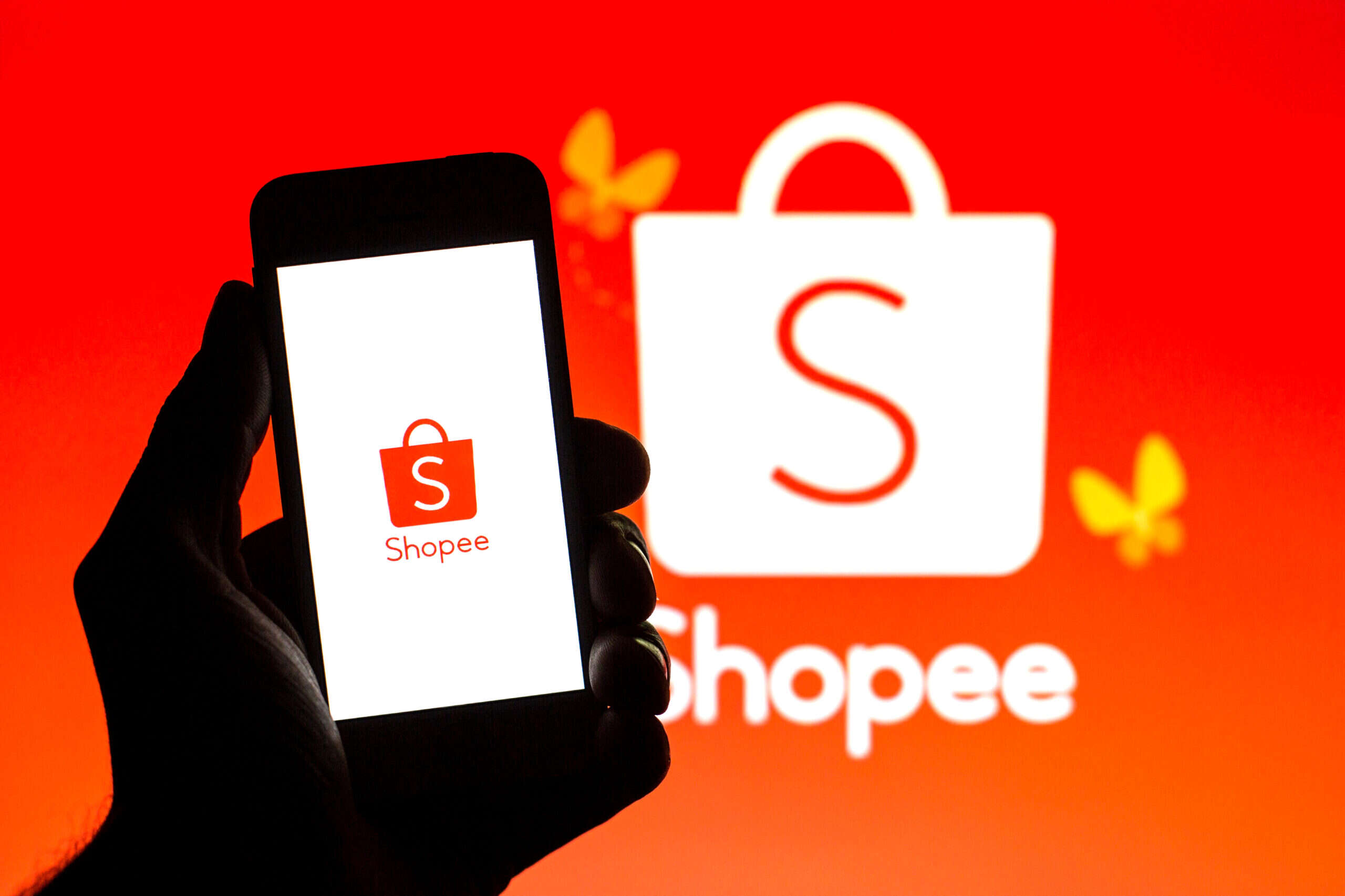
Since the start of the pandemic, Southeast Asia has witnessed an unprecedented tech boom, with millions of people going online for the first time. Southeast Asia’s digital economy is now forecast to reach $1trn by the end of the decade, prompting a flood of investment in the region’s digital players.
One company to have capitalised on this boom is Sea, the Singaporean conglomerate behind e-commerce app Shopee. Investors have ploughed capital into the fast-growing company during the pandemic, and it is using this investment to fund expansion into Spain, Poland and France.
Shopee’s success in these markets will test whether its business model will work outside its home region. Experts are divided: some believe its offer of free shipping and rapid imports from Asia will disrupt local players, but others argue the cultural context is too different, and that Shopee’s success in Europe depends on how quickly it can adapt.

Singaporean e-commerce company Shopee has expanded into Europe after a successful roll-out in Southeast Asia. (Phot by Thiago Prudencio/SOPA Images/LightRocket via Getty Images)
Inside Southeast Asia’s tech boom
As in the rest of world, the pandemic has been a catalyst for the digital economy in Southeast Asia as people increasingly turned to online services such as e-commerce, food delivery, and digital payments.
What marks Southeast Asia out, however, is the scale of the expansion, fuelled by the introduction of consumers who had never used the internet before. According to a report from Google, Bain & Company and Temasek Holdings, an estimated 40 million people in six countries across the region used the internet for the first time in 2020. This brought the total number of internet users across Southeast Asia up to an estimated 440 million, or 75% of the region’s population.
This surge was driven largely by new users in rural areas of countries such as Malaysia, the Philippines and Indonesia, where 21 million new consumers have joined the digital economy since the start of the pandemic, 72% of whom live in non-metropolitan areas.
This rapid growth marks the start of a ‘digital decade’ in Southeast Asia, market observers predict. Uptake in e-commerce, food delivery and digital financial services is expected to propel the region's online economy up to $360bn in gross merchandising value (GMV) in four years' time, and $1trn by 2030.
One company that has capitalised on this explosive growth is Sea, a Singapore-headquartered e-commerce and gaming conglomerate. The company's brands include Shopee, an e-commerce platform that commands a 57% share of the regional market; Garena, the video game developer behind global sensation League of Legends; and financial services provider SeaMoney.
Sea uses this combination of services to fuel its growth: Shopee customers can win discounts by playing online games, for example. Its other trump cards are free shipping and low commissions for vendors.
The strategy has fuelled staggering growth. In the financial year ending in September 2021, Sea's revenue grew 130% to reach $8.3bn. Investors have taken notice: its New York-listed shares have risen by 680% since the start of the pandemic, giving it a market value of $200bn.
Now, having dominated the Southeast Asian e-commerce market, the company is now setting its sights on Europe. In September, the company launched localised versions of its Shopee app in Poland and Spain, and followed suit with a French version in October.
The opportunity is plain to see: mobile e-commerce in these three markets is nascent but fast-growing. In France, less than a quarter of e-commerce transactions took place via mobile in 2019, according to investment bank JP Morgan, but the market is predicted to grow by 16.8% to reach €45bn in 2023. In Spain, mobile e-commerce is predicted to grow by 17.3% to hit €39.5bn; Poland's market is smaller but faster-growing, with 50% growth up to €7.1bn forecast.
Shopee will face stiff competition in these markets from established players in Europe such as Amazon, Allegro and Lidl. Sea's goal is to disrupt these local players with free shipping and rapid imports from Asia, says Crystal Yu, associate at Singapore-based accelerator Momentum Works. New charter flights now carry 45 tonnes of cargo from Shenzhen to Paris every other day, she says.
This strategy reflects Shopee's roots as an online marketplace, connecting buyers with sellers, Yu explains. “The company is very different from Amazon as it started as a marketplace and local competitors need to be fully aware of that.”
The company is very different from Amazon as it started as a marketplace and local competitors need to be fully aware of that.
Crystal Yu, Momentum Works
Just months in, there are signs that strategy is already working. According to mobile market researcher AppAnnie, Shopee is now the most downloaded shopping app in Poland and Spain, beating local e-commerce firms like Allegro and Wallapop. In France, Lidl Plus retains its top spot on the Google Play store with Shopee trailing close behind.
Still, not everyone is convinced the Shopee model will work in Europe. For one thing, undercutting local rivals on shipping and product prices only works for as long as the company can raise the capital to pay for it, says Viren Shetty, a Singaporean entrepreneur and angel investor.
“Discounting works when you’re trying to get market share and whoever has the most amount of capital and the ability to execute that wins, for the most part,” Shetty explains. “In China and India you’ve seen this strategy work for many years so discounting in itself is not a bad strategy. But do you have the ability to continuously fundraise and not get addicted to discounting? I think that’s the main issue here.”
Secondly, European consumers have very different user experience expectations than those in Southeast Asia, Shetty says. "Consumer behaviour in Europe is quite different to what you’d see in emerging markets," Shetty says. "If you look at the Latin American or Indian market, I’d say it's more similar to Southeast Asia as consumers are mobile rather than desktop-first and the concept of the ‘super-app’ is more common in those places."
There are indications the gamified approach Shopee applies to e-commerce might also work in Europe. In a study of Amazon users, Spanish researchers found that introducing game elements to e-commerce platforms has a "direct and positive" impact on user engagement.
Nevertheless, Shetty believes that success for Shopee will lie not in importing features that work in a different cultural context, but in using its investment and innovation prowess to adapt to the market in Europe. "Once you’ve captured the market and have a certain scale of users, you can then get best domestic data scientists and product managers onboard to innovate specific features for a specific market,” he says.






